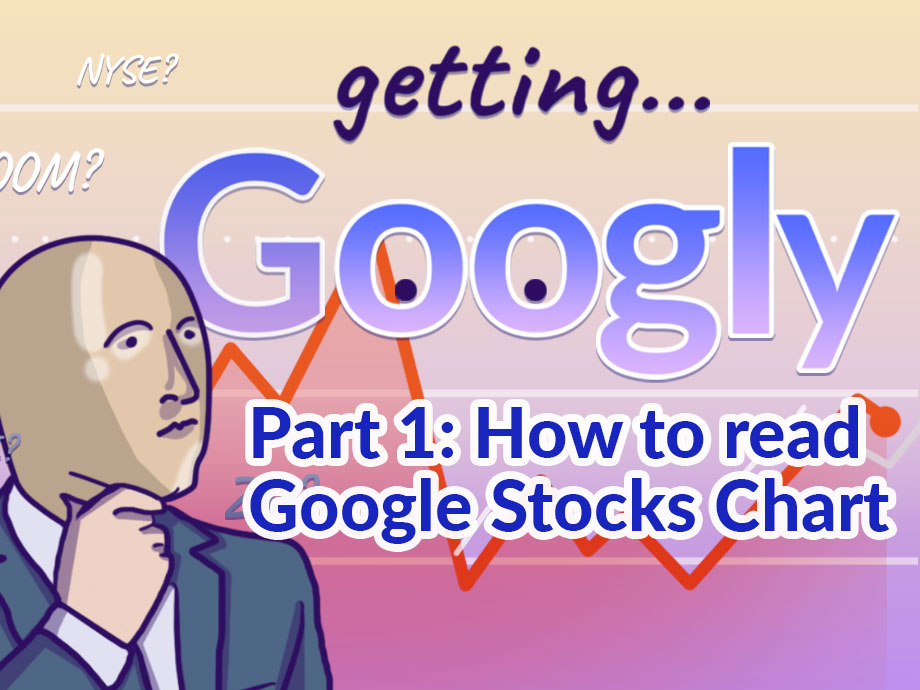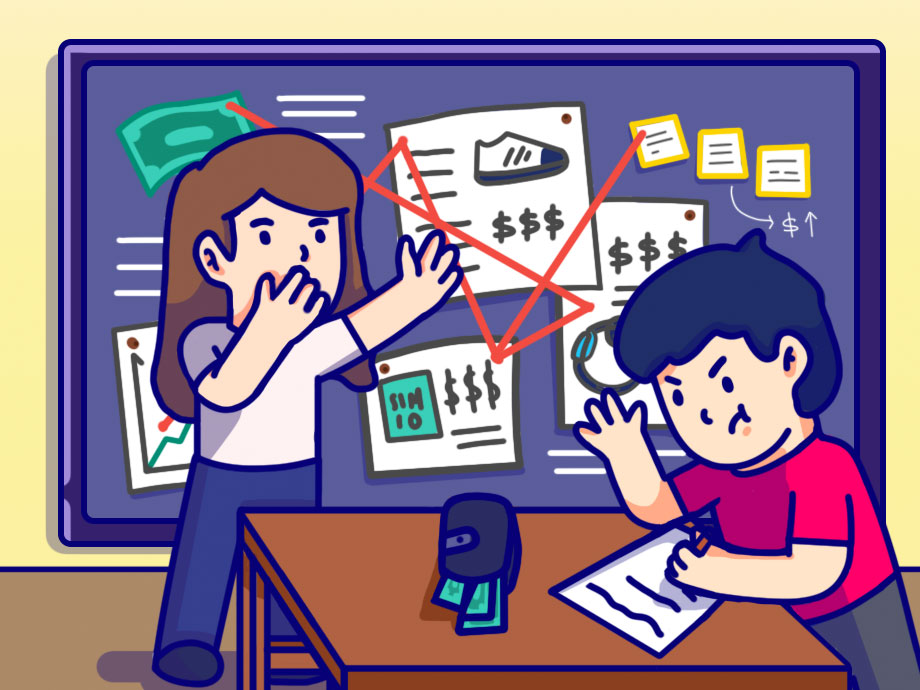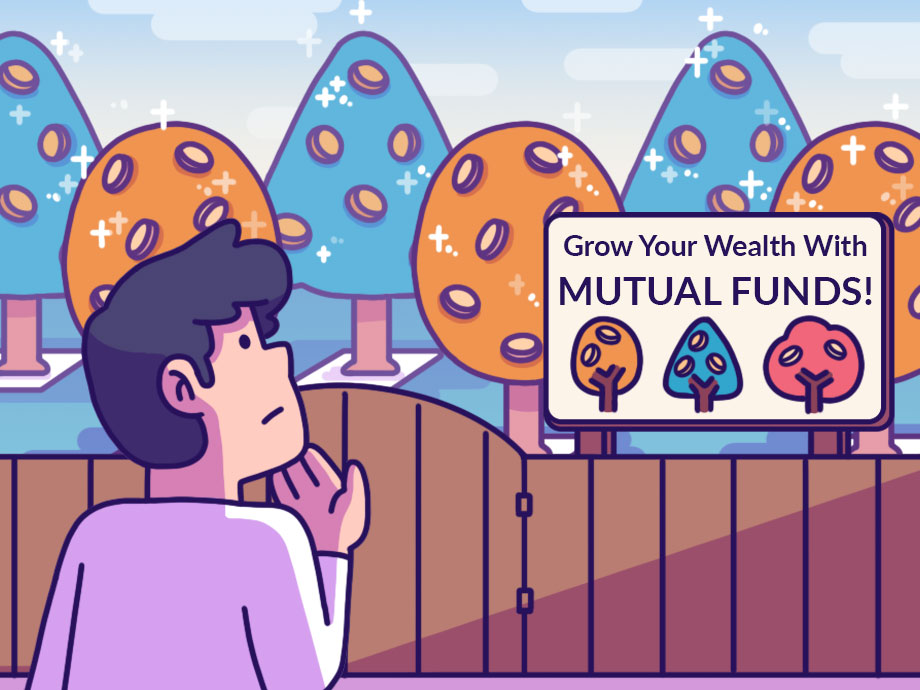Investing | Article
You Can Monetise Anything, Even Your Childhood
by Sophia | 7 Oct 2020 | 8 mins read
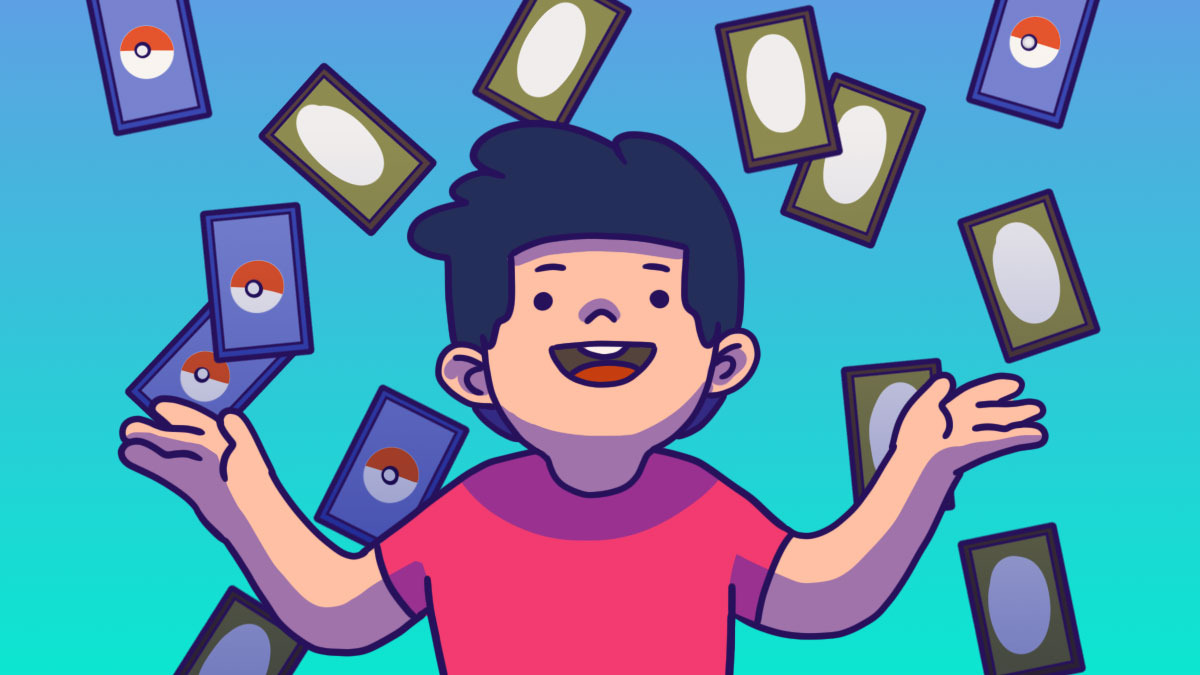
It’s 1998 in Australia, and Pokemon has just made its debut as the latest TV show for kids. Luke was only eight when the craze hit. “Pokemon was huge with every kid in school — and pretty soon came the merchandise. Pokemon cards were a part of that.”
The biggest appeal and rush was being able to find rare cards. Naturally, kids would start trading cards, adding another dimension to collecting Pokemon merchandise. For Luke and his friend, though, it wasn’t always about collecting cards to play them in decks.
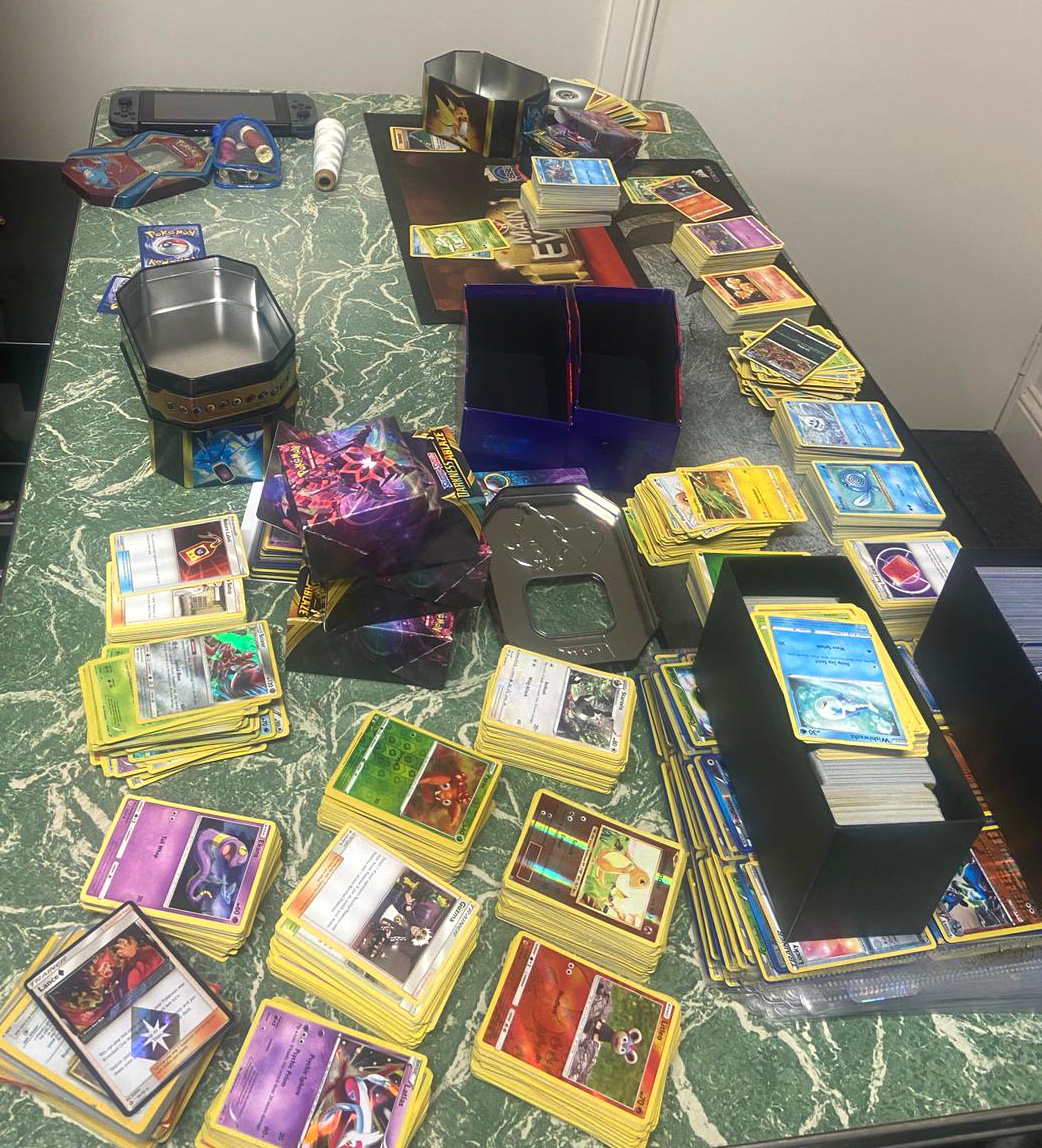
“We just wanted them in a folder, put in order as quick as we got them,” he said. “There’s just something about flicking through pages in a folder and seeing them fully filled out. It was pretty fulfilling.”
Luke explained that Pokemon cards were always printed during different runs, and each set would only be regularly produced and made for a few months on end.
“Once the printing stops, the cards start to go up in value,” he said. “It’s because they aren’t as immediately available as before. With more time that passes, the value of the cards continues to rise — because they become harder to find.”
What IS It About Collecting Pokemon Cards Anyway?
“I think what creates this demand is that the people who grew up with Pokemon are starting to want to collect things from their childhood — especially now that we all have jobs,” Luke said. “As money becomes available to us, we want to buy things that remind us of growing up.”
This collecting craze is not just unique to Luke, who has since turned collecting into a business of its own. Max, a 30-something Singaporean, started off collecting Dragonball Z cards when he was about five to seven years old.
“It was just the thing to do as a kid in the neighbourhood,” he said. Kids would line up for a chance of getting a shiny character card (that also doubled as a sticker!) from gacha-type machines at mama shops, even though there was no playable element to owning these cards.
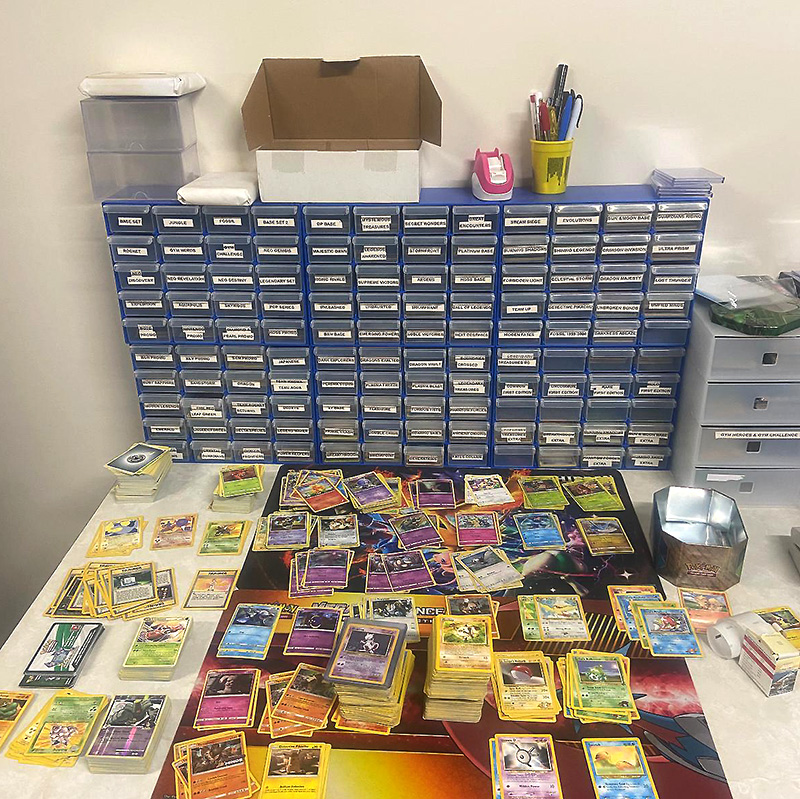
“We just loved collecting them because of the original Dragonball manga. It was twenty cents per turn at the machine, which was a lot if you considered that our allowances were only $2,” Max said. “I later progressed to Magic: The Gathering cards — and Dragonball cards were so small compared to what happened with Magic cards.”
Magic: The Gathering seemed to be the OG card game. Kids would go to hobby shops with booklets and folders full of Magic cards just to trade. Today, online forums are also added into the mix with the advent of the internet, but Max says that people still trade at shops today.
Like Luke, Max also believes that it’s partly because of nostalgia, coupled with a strong respect for certain brands, that has strengthened Magic’s community and hype. He likens it to Marvel and DC: “First prints will be worth a lot of money because today, people are still huge fans of Marvel and DC.”
“For Magic, it was a lot of money — a full-scale economy.”
The Economy of Magic
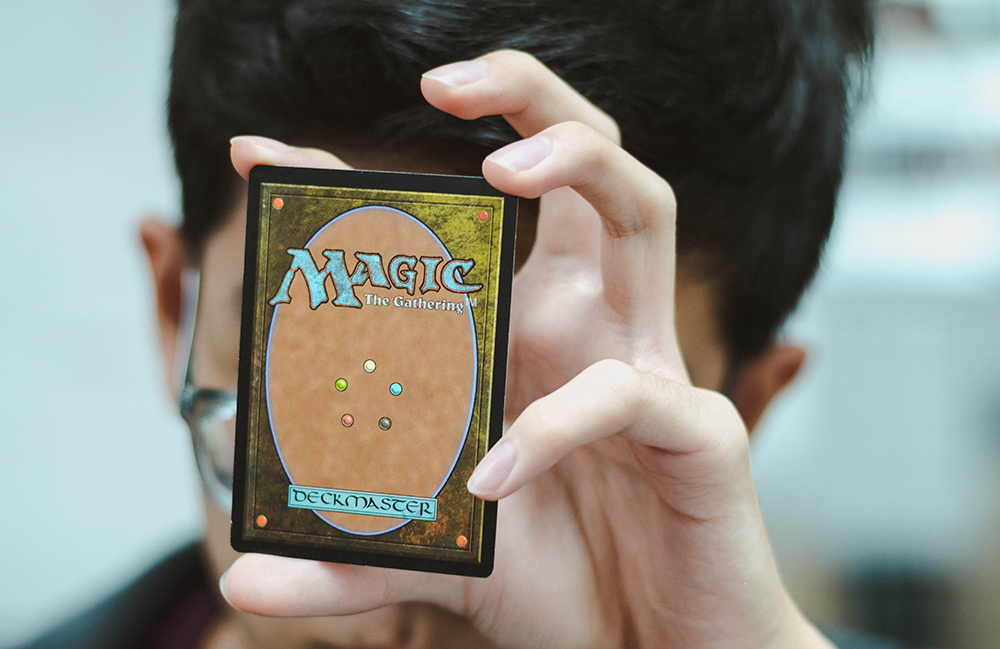
“I started playing Magic when I was 13,” Alia, another local Magic enthusiast, told me. “I loved card games. It started with Pokemon before we went on to Magic. It was so metal; the art just grabs you. At the time, without the internet, you had to find someone who already knew how to play to teach you, so we went to comic shops and hobby shops to ask adults to teach us.”
Card prices are also greatly affected by something Alia referred to as the ‘reserved list’.
“Back when Magic was created, WOTC didn’t expect such an explosion in the player base. People wanted cards, but they weren’t printing enough,” he said. “So they massively reprinted player favourites so everyone could get what they wanted. But that flooded the market, and prices tanked. It was great for players, but it pissed off collectors and hobby shops that depended on selling singles.”
A huge backlash followed, and WOTC informally promised to put a certain group of cards on the reserved list that would never be printed again — just to win collectors’ confidence.
“When I got married, I asked the missus if I could use a part of our ang pow money to get a Magic card I’ve always wanted as a kid. I got it for $250,” he said, “and it’s on the reserved list, so now it’s going for close to $1,000.”
Despite how lucrative that sounds, Alia is actually of the opinion that the reserved list needs to be abolished.
“Would my collection just tank overnight? Possibly,” he admitted. “I’d lose quite a bit of money, actually. But I’m all for cards being affordable. This is a card game played for kids 13 and up, but the only people able to afford to play are close to 30.”
A Viable Money-Making Opportunity?
So, could anyone just start putting in capital to invest in Magic cards (or even Pokemon cards) to make a living, working the market the same way a typical investor would with stocks and shares?
“Hobby shops do,” Alia said, “but they don’t just carry Magic; often they also do other board or card games. As a private individual, I think it’s quite hard to earn a living. You’d have to sell a lot. Maybe if it was a side hustle where you make a few hundred dollars a month. I’m not sure it’s a sustainable form of investing, even if the rate of returns is pretty high.”
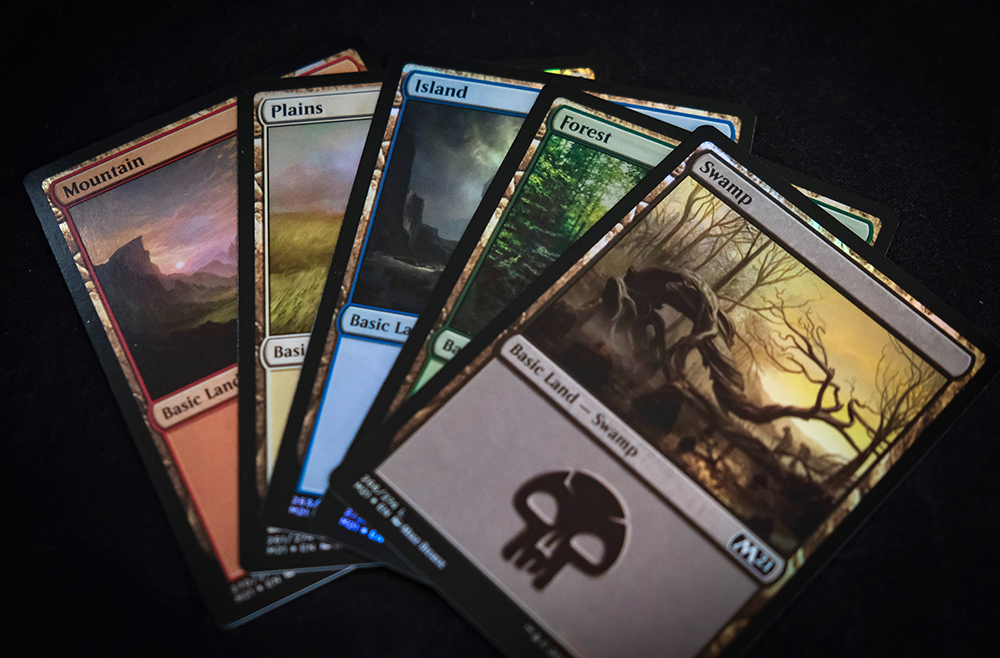
On the other hand, Pokemon enthusiast Luke has turned it into a literal side business with his friend Michael, selling more Pokemon cards than I could count.
“We started by selling doubles on eBay just to make money to buy cards we didn’t have,” Luke said. “Later we realised there was a huge demand; we noticed people selling collections with cards we wanted and thought to just buy the whole collection and keep the ones we want before we sold off the rest. We were making more money than we spent, and just built the business from there.”
Luke and Michael run an online store that they’ve linked to eBay, and continue to believe in the future of trading and selling Pokemon cards.
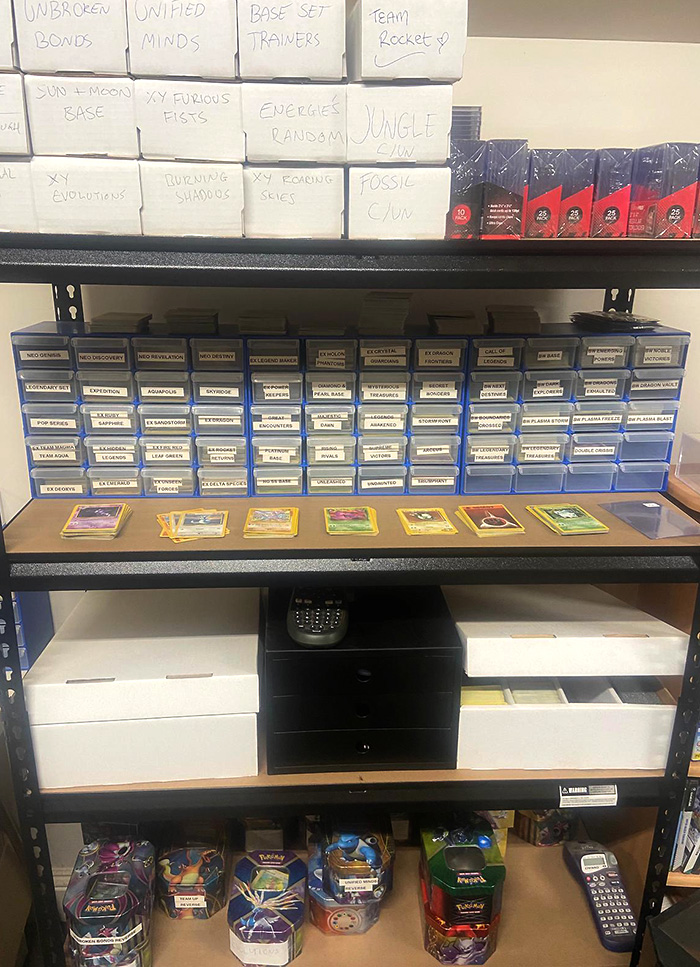
“The value of these cards will only go up as they become less accessible. As they get older, they become more desirable. When availability drops, prices go up. There’s a lot of stuff you can invest in, and Pokemon cards are definitely one of them,” he said. “It’s a guarantee that if you buy a pack of Pokemon cards in a store tomorrow, in one year it will be three times the price, and in five years it will be six to ten times the price.”
He added, just for a little perspective: “A box of card packs from the early 2000s retailed around $180 and now sell regularly for $15,000.”
Alia, on the other hand, isn’t quite as enthusiastic about the prospect of trading and selling this way. He calls himself a player first, collector second.
“I’m always in two minds about it. On one hand, yeah, you can make money from this game — even enough to buy dining tables and chairs. But on the other hand, I always think back to when I was a poor kid with no money to buy Magic cards,” he reflected. “Look into hobby shops and you’ll only see old men like me. There are no kids because they’ve been priced out — from a children’s game.”
Once, Alia was paired up with a young boy for a weekly casual tournament, and noticed that the boy’s deck “had no chance” from the get-go.
“He didn’t win any games that night, and I never saw that kid again. It’s not healthy for any game when it’s gated by price.”



